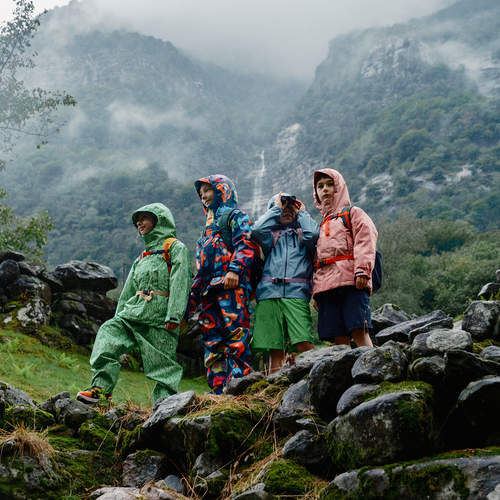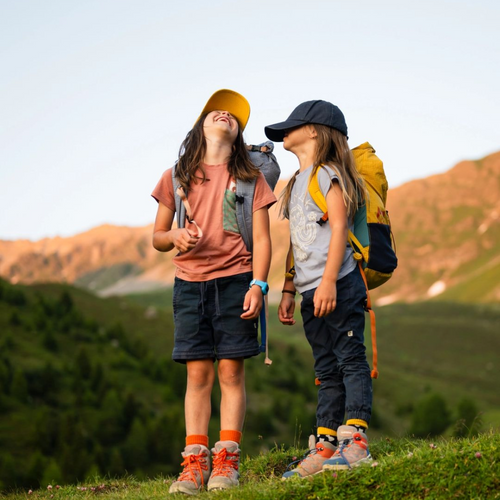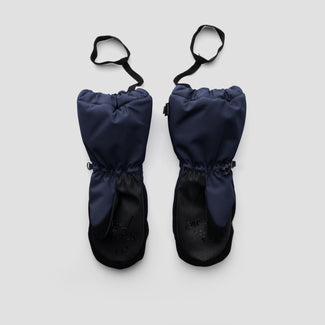Why did namuk commission a study? What drives namuk to understand how much time Swiss children spend outdoors? And what does namuk plan to do with these results? Let's start from the beginning. While namuk may appear to be "just" a brand selling outdoor clothing for children, behind it lies a significant vision – one that has been present since day one. Our goal is to kindle a love for nature in children, awaken the joy of adventure, and facilitate their ability to spend more time outdoors.
We firmly believe that experiences in nature profoundly shape and educate our children. In this fast-paced world, it becomes increasingly important each day to provide moments under the open sky that offer a sense of freedom. Numerous studies support the idea that spending time outdoors is beneficial for both the body and mind.
What we wanted to know...
But what is the current state of outdoor time for Swiss children? How much time, on average, do they spend in the fresh air? What factors influence this, and how does it affect children when they spend more time outdoors?
Aware that our team operates within a small outdoor bubble – comprising individuals and families passionately engaged in nature – we sought a way to expand beyond our own experiences. To garner representative answers, we collaborated with the market research institute LINK and crafted an online questionnaire. A total of 1046 parents with children aged 0 to 15 participated.
Now, let's summarize the key findings:
Swiss children spend an average of 22.5 hours a day indoors. In reverse, this implies that...

Considering that this 1.5 hours includes the journey to school, time on the playground, and other leisure activities, it becomes evident that it's not much. The differences between girls and boys are minimal.
Two-thirds of surveyed parents confirm spending more time outdoors than when they were children. The remaining third states spending an equal amount of time outside as their children do today, but certainly not less. A primary reason for this is seen by 83 percent in screen time. The awareness among parents of their role-model function is evident in this graph:

Yet, it appears challenging for families to spend more time in nature. Why is that? Why has outdoor time decreased significantly? I delved into these and various other questions with child psychologist Philipp Ramming, and you can find the interview here.
In addition to their own role-model effect and the high screen time, parents also consider the child's circle of friends, safety, the rural setting, and the local weather as crucial influencing factors for their children's outdoor time.
In the final segment of the survey, we aimed to discover what parents observe in their children when they spend a lot of time in nature. The following five statements emerge:

And the list of positive effects extends far beyond. This prompts the question of what we can do to provide Generation Alpha with more opportunities for time in nature.
In this text, we tried to put ourselves in their minds. Perhaps this serves as a valuable starting point for a conversation with your own children. Let's ask them directly about the adventures in nature they enjoy and whether there's something they'd like to experience with us beneath the open sky. Additionally, let's ask them about their most cherished childhood memory thus far – I'd venture to guess it involves an outdoor experience.
For more details about the study, you can download the results here.
Now, I pose a question to you, parents: What is your most cherished childhood memory?






















